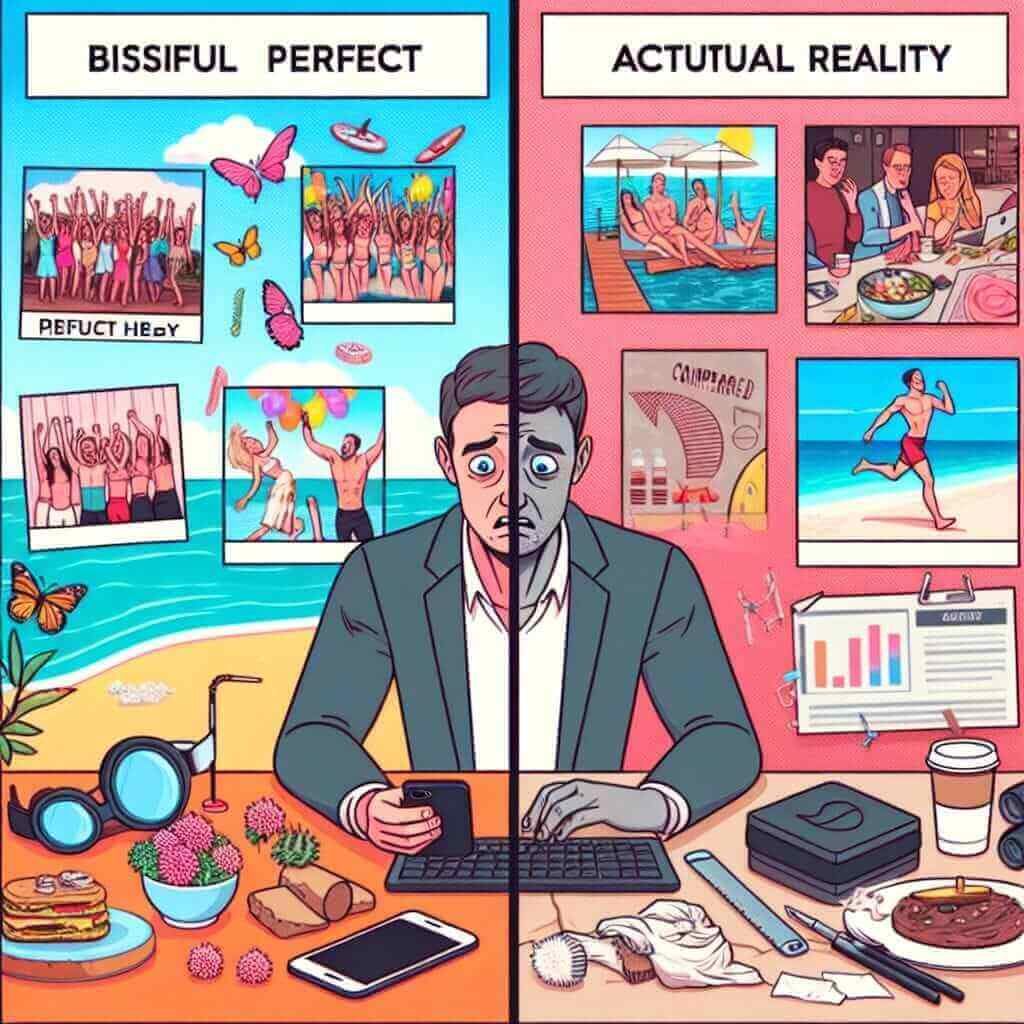The phrase “as portrayed by” often trips up IELTS candidates, despite its usefulness in crafting sophisticated sentences. It pops up in various sections of the exam, particularly in Writing Task 2 when you’re analyzing arguments or discussing cultural representations.
Let’s examine a few examples:
- “The dangers of artificial intelligence, as portrayed by films like “Ex Machina,” raise valid ethical concerns about technological advancement.” (Writing Task 2 – discussing societal impacts of technology)
- “The heroine, as portrayed by the novelist, embodies both strength and vulnerability, creating a relatable and complex character.” (Writing Task 1 – summarizing a fictional passage)
- “The speaker argues that the media’s portrayal of climate change as an imminent threat is exaggerated, leading to unnecessary panic.” (Listening – summarizing a lecture)
In each example, “as portrayed by” (or a variation like “portrayal of”) helps connect an idea or entity with its representation, highlighting different perspectives and interpretations. This nuance is key to achieving a higher IELTS band score.
Understanding “As Portrayed By”
Meaning and Usage
“As portrayed by” signifies how something is represented or depicted by someone or something else. It’s frequently used to discuss artistic representations (books, films, paintings) or subjective interpretations of events and concepts.
IELTS Relevance
This phrase demonstrates your ability to:
- Analyze and compare different perspectives
- Discuss abstract ideas like representation and interpretation
- Express yourself with a higher level of vocabulary and grammar
The Grammar Behind “As Portrayed By”
Formula and Analysis
The phrase follows a simple structure:
Subject + “as portrayed by” + Agent/Source + Verb (optional) + Object (optional)
- Subject: The entity being represented (e.g., dangers of AI, the heroine)
- Agent/Source: The person or thing doing the portraying (e.g., films, novelist, media)
- Verb/Object: Provide further context or action related to the portrayal
Application in IELTS
- Writing Task 1: Summarize how characters, themes, or events are depicted in a given text.
- Writing Task 2: Analyze differing viewpoints on an issue or discuss how certain groups are represented in society.
- Speaking Part 3: Discuss abstract topics related to art, culture, and media representation.
Using “As Portrayed By” Effectively: Examples
Writing Task 1
Original: “The text describes a young woman who is very independent.”
Improved: “The protagonist, as portrayed by the author, is a fiercely independent young woman who challenges societal expectations.”
Analysis: The improved sentence provides more context and showcases a stronger vocabulary.
Writing Task 2
Original: “Many people believe that social media presents an unrealistic view of happiness.”
Improved: “The pursuit of happiness, as portrayed by social media platforms, often revolves around superficial achievements and carefully curated online personas, creating a distorted and potentially harmful ideal.”
Analysis: This version uses the phrase to introduce a complex argument, demonstrating critical thinking.
Speaking Part 3
Examiner: “Do you think films have the power to change people’s perceptions of the world?”
Candidate: “Absolutely. For example, the struggles of refugees, as portrayed by documentaries like “Honeyland,” can evoke empathy and understanding among viewers who may not have personal experience with such issues.”
Analysis: The candidate uses the phrase naturally to support their point and provide a specific example.

Leveling Up Your Language
To achieve a higher band score, consider:
- Synonyms: “as depicted by,” “as presented by,” “the representation of”
- Variations: “The novel’s portrayal of…” or “The director portrays…”
- Combining with other structures: Use relative clauses (“The film, which portrays the life of…”, “The artist, whose work often depicts…”)
Common Mistakes and How to Avoid Them
- Incorrect preposition: Using “in” instead of “by” (e.g., “as portrayed in the film”)
- Word order: Placing the agent before the subject (e.g., “The film as portrayed by the director…”)
- Overuse: Using the phrase repeatedly in a short passage can sound repetitive.
By understanding the nuances of “as portrayed by” and practicing its application, you can significantly enhance the sophistication and clarity of your IELTS responses.